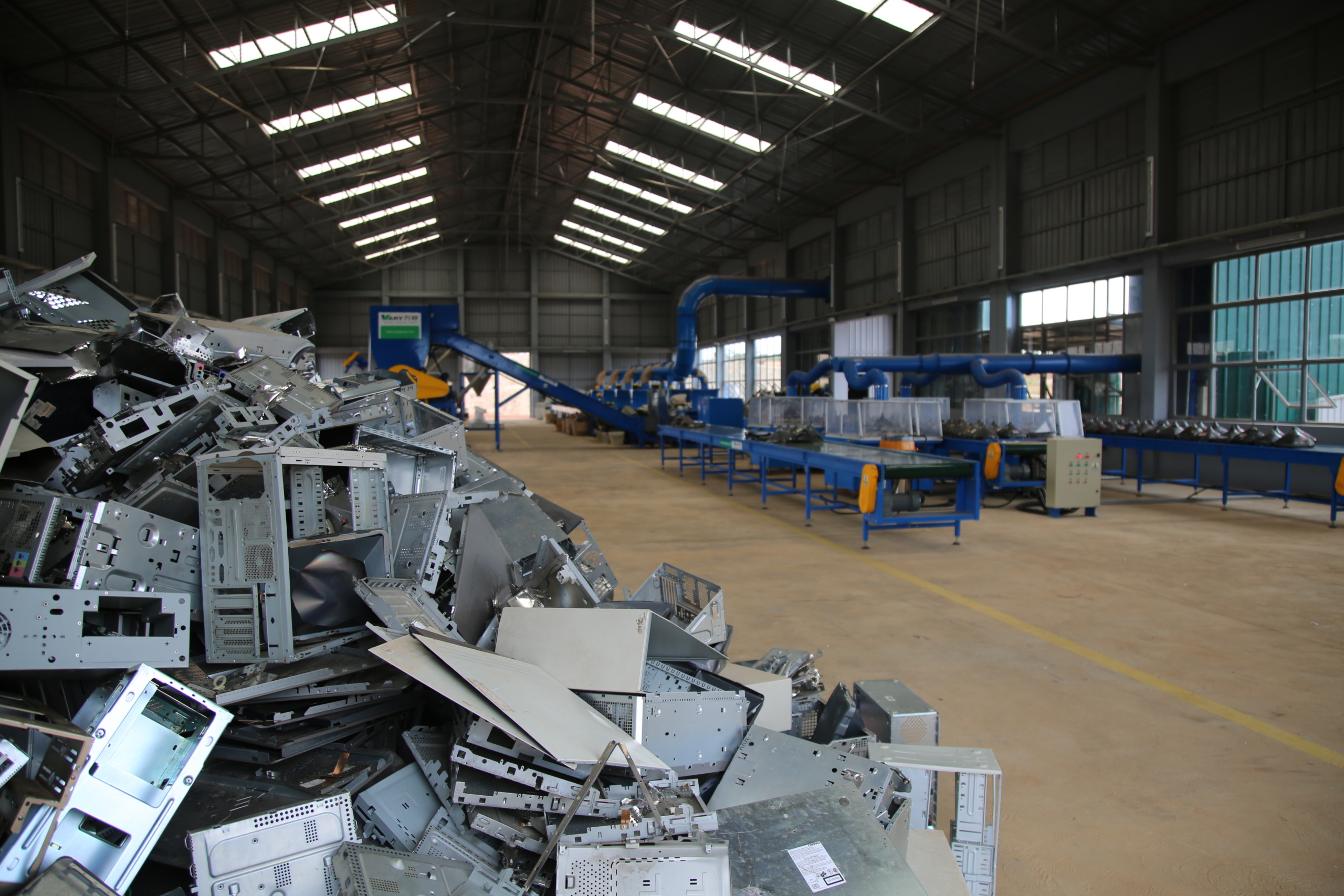
What is a repair score and why is Colorado calling for one?
A joint resolution from the Colorado legislature advocating for a national Right to Repair score is an important step to ensuring consumers know how repairable their tech products are.

Update – The Colorado legislature passed the joint resolution calling for a Right to Repair score.
Nobody walks into an electronics store looking to buy something that breaks and can’t be repaired or fixed.
But how do we know which products are designed to last?
We need a score that supports our Right to Repair.
What’s a Right to Repair score?
Repair scores for tech such as laptops, phones, and appliances provide consumers with a 1 through 10 score that measures availability of spare parts, ease of disassembly, and longevity of support.
This allows consumers to compare repairability across participating companies before they purchase expensive devices. It also supports market transparency.
How would it work? Look no further than the “Monroney sticker” for cars.
Named after the U.S. Senator who sponsored the bill requiring them, the Monroney sticker allows consumers to compare important things like fuel economy/miles per gallon, engine and transmission specifications and crash test ratings.

A sample of a Monroney sticker that allows consumers to compare vehiclesPhoto by NHTSA | Public Domain
How will a repair score save us money and protect the planet?
Products that are repairable and durable are valuable.
On average, American households spend about $1,480 per year purchasing new electronic products and, on average, have 24 pieces of electronics in their homes.
Extending the life of our products is good for our wallets—repair could save Coloradans $882 million per year.
It’s also good for the planet since every new item consumes resources and may produce pollution in the production process. For example, a single iPhone 6 takes 295 pounds of raw mineral — 75 pounds of ore and 220 pounds water — to produce.
It also can reduce the amount of electronic waste we produce, which is important because the Environmental Protection Agency reports that electronic waste (e-waste) is now the fastest growing part of our domestic municipal waste stream.
That’s not good. E-waste is hard and expensive to recycle (less than 30% is recycled) and contains valuable materials that are wasted if they just head to the landfills (some of which are also toxic and can get into our environment).
Increasing repairability is key to tackling these problems so we’re not constantly producing and then throwing away so much stuff.

Americans dispose of 416,000 cell phones per day, and only 15 to 20 percent of electronic waste is recycled.Photo by Morten B | Shutterstock.com
What is Colorado doing to create a repair score?
On January 24, the Colorado legislature introduced a House Joint Resolution, HJR-1005, calling on the Federal Trade Commission to develop a national Right to Repair score system that would help consumers understand how repairable products are.
But why doesn’t Colorado just develop the score themselves?
Working with companies to develop the criteria for a repair score would be difficult for Colorado to administer both because of the technical challenges and cost, and, if 50 different states developed 50 different scores, it could undermine comparability for consumers and place an undue burden on companies.
Why don’t companies just develop scores themselves?
Well, companies could create their own repair scores but given the wide range of factors they could use to determine repairability, the scores would lack the ability for consumers to meaningfully compare while they shop.
Relying on consumer comments and feedback on websites would likely fall short too if we don’t have a common language to compare products.
There needs to be a consistent repair score criteria that allows apples-to-apples comparisons, just like other successful labeling programs such as the “Monroney sticker.”
This score will also allow companies to market the repairability of their products.
So who should develop this score? The Federal Trade Commission (FTC) is the best agency to develop repair score criteria because:
- It is national
- It has the technical capacity and resources to work with companies to develop a fair rubric
- Repair scores fall under the agency’s congressional mandate.
Why is it important to call for a repair score now?
The Federal Trade Commission (FTC) has opened up a public comment period until February 2 asking for feedback on how they can help states improve and foster repair.
Passing a joint resolution would send a powerful message from Colorado to the FTC to work with companies to develop a repairability criteria that’s fair for both consumers and manufacturers to ensure transparency in the market.
With bi-partisan support from the Colorado General Assembly, it’s like a super comment.
Topics
Authors
Danny Katz
Executive Director, CoPIRG
Danny has been the director of CoPIRG for over a decade. Danny co-authored a groundbreaking report on the state’s transit, walking and biking needs and is a co-author of the annual “State of Recycling” report. He also helped write a 2016 Denver initiative to create a public matching campaign finance program and led the early effort to eliminate predatory payday loans in Colorado. Danny serves on the Colorado Department of Transportation's (CDOT) Efficiency and Accountability Committee, CDOT's Transit and Rail Advisory Committee, RTD's Reimagine Advisory Committee, the Denver Moves Everyone Think Tank, and the I-70 Collaborative Effort. Danny lobbies federal, state and local elected officials on transportation electrification, multimodal transportation, zero waste, consumer protection and public health issues. He appears frequently in local media outlets and is active in a number of coalitions. He resides in Denver with his family, where he enjoys biking and skiing, the neighborhood food scene and raising chickens.
Find Out More

Why Microsoft extended Windows 10 support for schools for $1

Unsubscribe: Refusing to pay to use what we own

30 states considering Right to Repair so far in 2024

